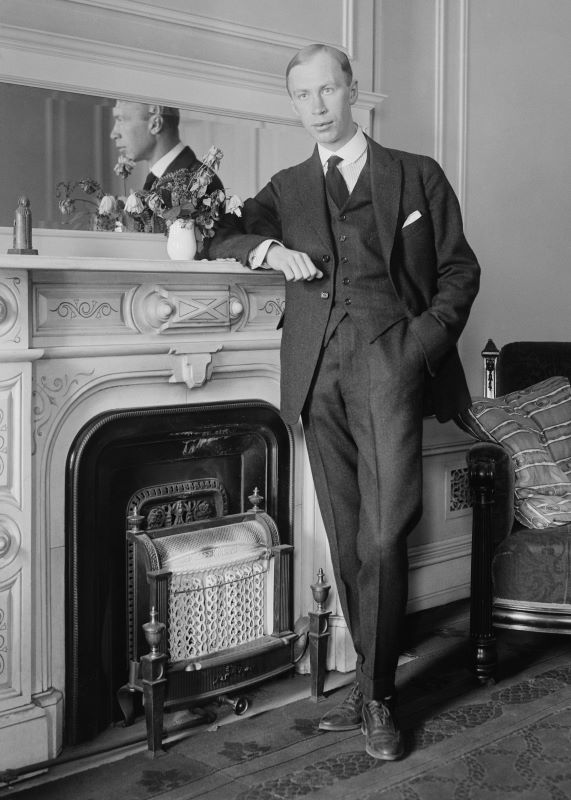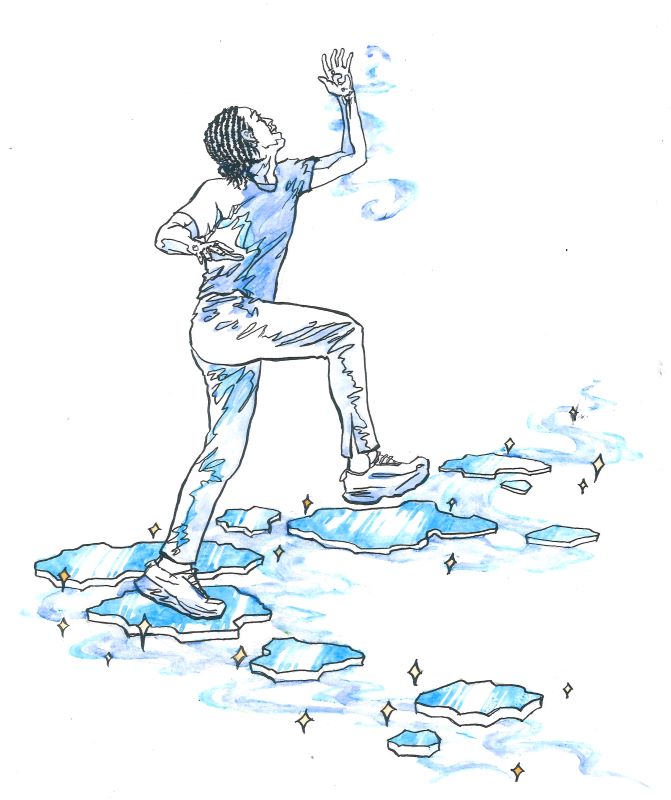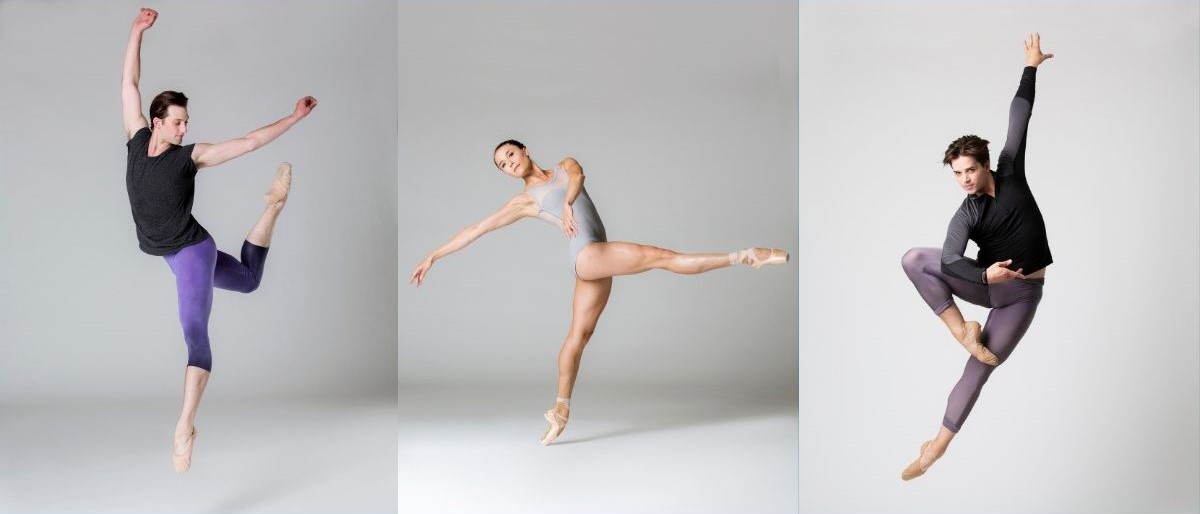
Composer and pianist Sergei Prokofiev created many remarkable musical works, including the ballets Romeo and Juliet, Cinderella, and Prodigal Son. Known for his masterful use of harmony and rhythm, his oeuvre, while innovative, appeals to a broad audience. Despite living through two World Wars and multiple revolutions in his home country, Prokofiev produced prolifically. Read on to learn about Sergei Prokofiev’s life and work!
Early Life and Education
Sergei Prokofiev was born in the spring of 1891 in the Donetsk region of Russia (now Ukraine). His mother, a pianist herself, would frequently travel to Moscow with him to see operas. When Prokofiev was 11, she hired composer Reinhold Glière to train him during the summer months. During this time, Prokofiev wrote several short piano pieces characterized by the dissonate harmonies and unusual time signatures that would later define his musical style.

Sergei Prokofiev in New York, photo by George Grantham Bain.
In 1904, Prokofiev began his serious musical studies at the St. Petersburg Conservatory. There, he studied piano, conducting, harmony and counterpoint, and orchestration. While in school, Prokofiev began performing professionally with the St Petersburg Evenings of Contemporary Music, which presented pieces by Debussy, Strauss, Stravinsky, and Prokofiev’s own work. A skilled performer and composer, Prokofiev won the Anton Rubinstein Prize in Piano with a performance of his piece “Piano Concerto No 1 in D Flat Major” upon graduation. Although one audience member is reported saying, “The cats on the roof make better music,” he was celebrated in modernist circles.
Early Career and Life Abroad
While a student, Sergei Prokofiev admired Igor Stravinsky, a fellow Russian composer. He attributed Stravinsky’s international fame to his association with Serge Diaghilev, founder of the influential Ballet Russes. Prokofiev met Serge Diaghilev in 1914 during a trip to Paris. Diaghilev commissioned Prokofiev to write his first ballet score, Ala i Lolli. The ballet was never finished, perhaps due to its similarity to Stravinsky’s The Rite of Spring. The next year, Diaghilev commissioned Prokofiev again, this time to write a ballet called Chout (or The Buffon). Stravinsky said the ballet’s score was “The single piece of modern music I could listen to with pleasure.”
In 1917, Prokofiev’s life was disrupted, as Tsar Nicholas was overthrown. Although Prokofiev celebrated the revolution, he would be stranded in the Caucasus due to the civil war. In 1918, declaring Russia, “had no use for music at the moment,” Prokofiev left for the U.S. He toured with mixed success through San Francisco, New York, and Chicago. In 1920, Prokofiev returned to Paris. The premiere of Chout, an orchestral work Scythian Suite (taken from Ala i Lolli), and a Chicago premiere of Piano Concerto No. 3 in C, Op. 26 cemented Prokofiev’s status as an internationally renowned composer. Prokofiev proceeded to live for two years in Germany before seeking to return to Russia.

A page from a French performance program depicting Prokofiev.
Transitionary Period and Beginning Ballets
In 1927, Prokofiev toured of Russia and observed firsthand his popularity there. He lived in both Paris and Moscow from 1932 – 1936. During this transitionary period, Prokofiev composed several ballets, as well as notable works for theater and cinema.
The first of these ballets, Le Pas d’acier, premiered in 1927. The ballet explores industrialism in the Soviet Union. During Prokofiev’s Russian tour, an official from the Russian Association of Proletarian Musicians (RAPM) visited him at the Bolshoi Theater. He confronted Prokofiev about the ballet and its theme. Prokofiev responded, “This concerns politics, not music, and therefore I won’t answer.” Le Pas d’acier was declared “counter-revolutionary.” The Bolshoi Ballet dropped the ballet from its programming, but its later premiere in Paris was a success.

Sergei Prokofiev in New York, photo by George Grantham Bain.
Prokofiev’s next ballet, Prodigal Son, premiered in 1929. He wrote the score in a new style, which he called “a new simplicity.” Created in response to the RAPM’s criticism of Le Pas d’acier, the style sought to interest a wide audience while being musically complex.
Bolshoi Ballet commissioned the last ballet of this period, Romeo and Juliet, in 1934. Soviet officials questioned the ballet’s original, happy ending, causing a delay of the premiere. Despite the dancers’ complaints about the music’s syncopated rhythms, the ballet was popular at its eventual opening in 1940.
Prokofiev also created several notable works for theater and cinema during this time. His beloved children’s classic Peter and the Wolf premiered in 1936. He also composed the music for the Soviet films Lieutenant Kijé (1934) and Alexander Nevsky (1938).
World War II and Decline
In 1941, after only three years of permanent residence, Prokofiev left Moscow due to World War II. He began the opera War and Peace in 1942, fascinated by the parallels between the novel and current world events. He also composed the ballet Cinderella during the war (1944), which is known as one of his most melodious compositions.
On February 11, 1946, the infamous Zhdanov Doctrine, a mandate for strict government control of arts and culture, was introduced. Prokofiev was denounced for “formalism” and “renunciation of the basic principles of classical music in favor of muddled, nerve-racking sounds.” Eight of his works were banned outright, and institutions stopped programming his compositions. Prokofiev quickly went into debt and became increasingly reclusive.

Prokofiev and his second wife, Mira Mendelson, who was the co-librettist of War and Peace.
Sergei Prokofiev died in 1953 from a cerebral hemorrhage. Only 40 people attended his simple funeral at the Composer’s Union; his death was largely unreported because he and Joseph Stalin passed on the same day. Despite challenging circumstances, Prokofiev never ceased to compose. Upon his death, four compositions were found in progress on his worktable, including a 6th concerto, 10th and 11th piano sonatas, and a violoncello sonata.
PNB audiences love Cinderella, Roméo et Juliette, and Prodigal Son! Enjoy Prokofiev’s dynamic scores played by the PNB Orchestra, the “best ballet band in America” according to the New York Times, accompanied by PNB’s world-class dancers in these productions.
Sources: Jaffé, Daniel. (2024, September 13). Sergey Prokofiev: revolutionary composer who gave us some of the 20th century’s most dazzling music. BBC Music Magazine. Retrieved April 11, 2025, from https://www.classical-music.com/features/composers/sergey-prokofiev. Sergei Prokofiev. San Fransisco Classical Voice. Retrieved April 11, 2025, from https://www.sfcv.org/learn/composer-gallery/sergei-prokofiev. Sergey Prokofiev. Encyclopedia Britannica. Retrieved April 11, 2025, from https://www.britannica.com/biography/Sergey-Prokofiev.

